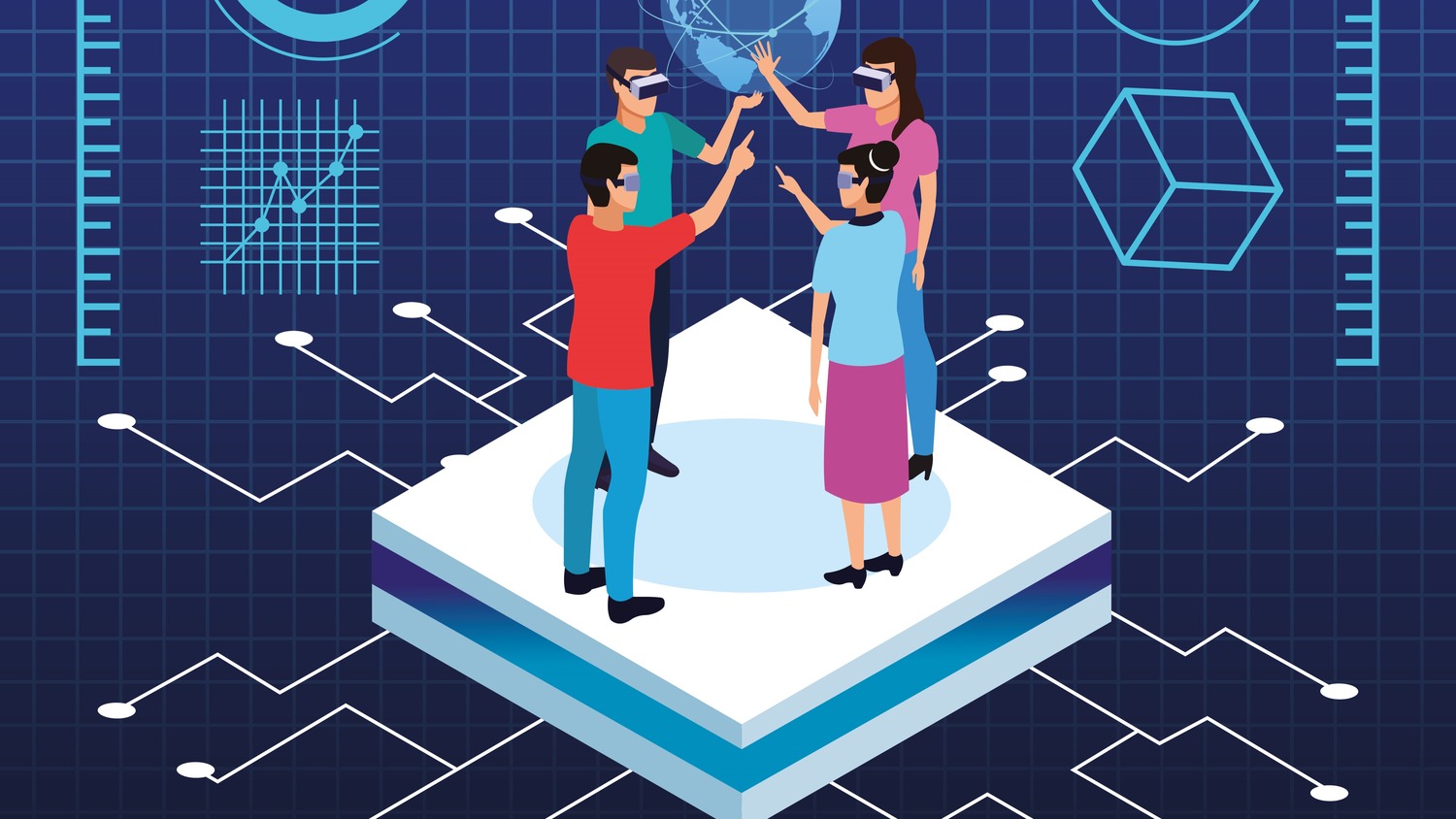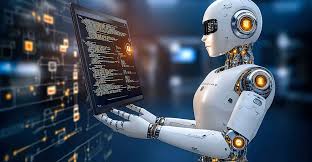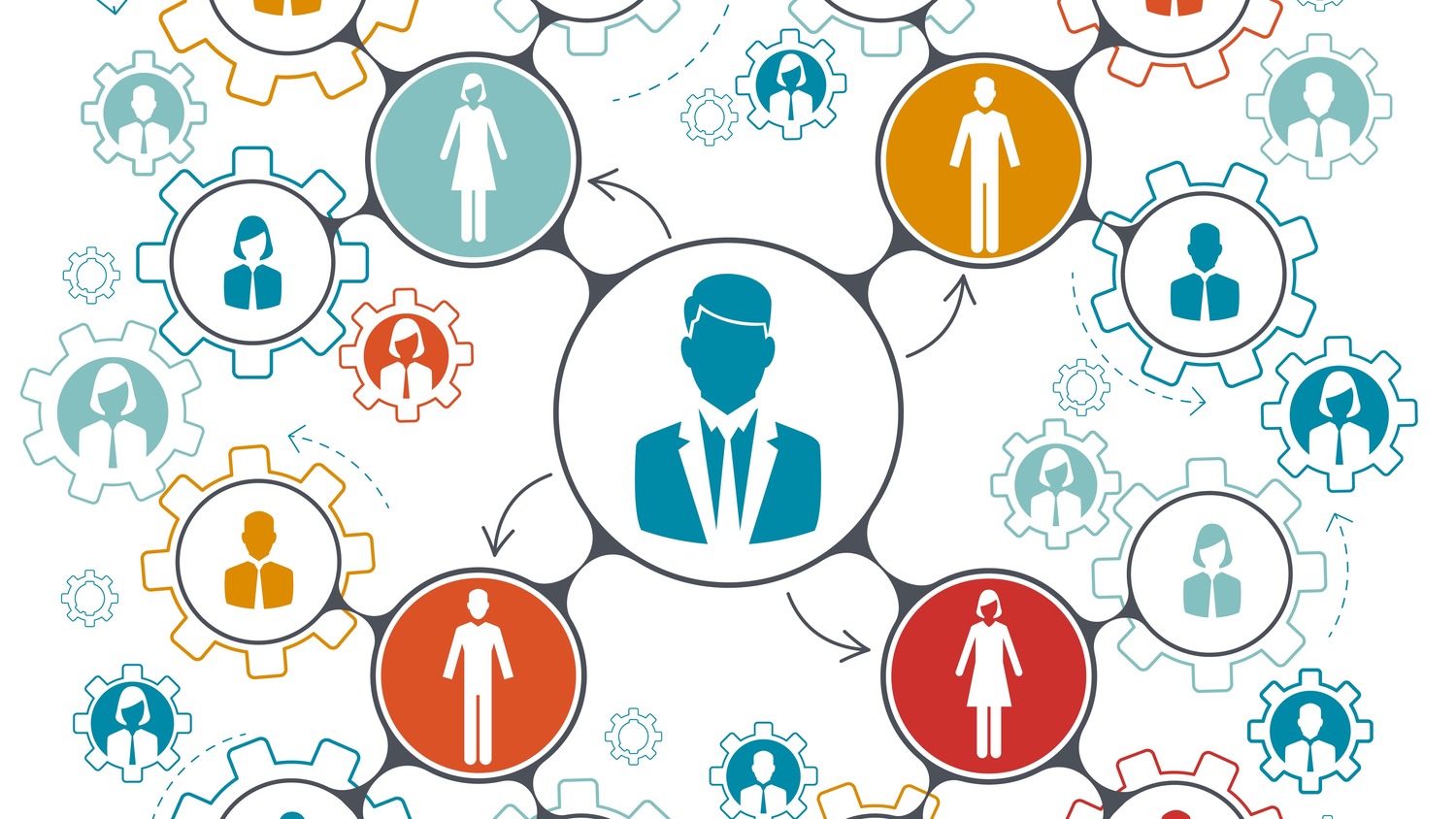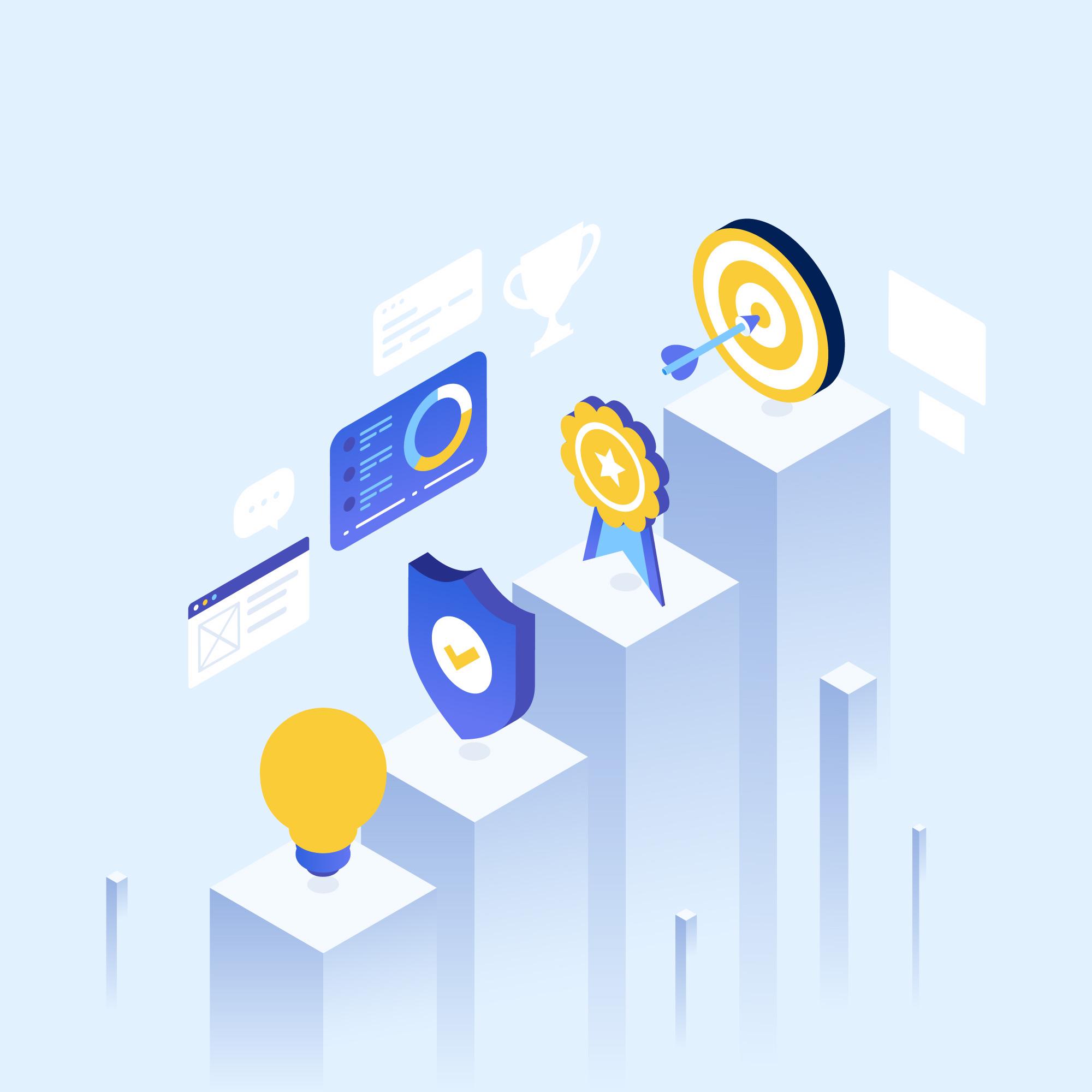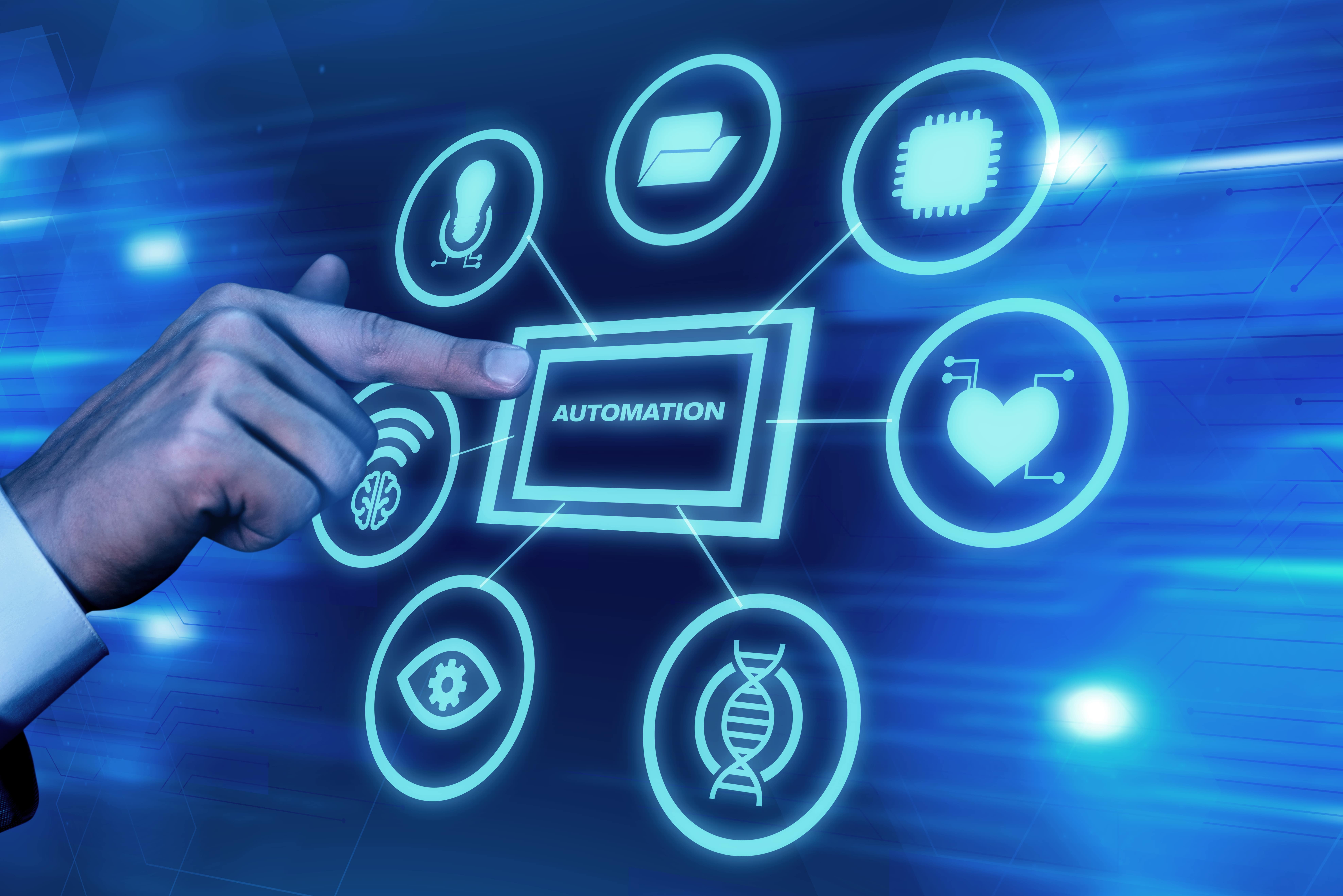job roles. Many routine tasks are now automated, requiring employees to develop advanced problem-solving, critical thinking, and digital competencies. However, closing the skills gap remains a key challenge. Without strategic workforce development, businesses risk losing their edge in an increasingly dynamic environment.
Why Addressing This Challenge is Essential
Preparing employees for the future is crucial for ensuring long-term business stability and success. As industries evolve, continuous skill development is necessary to maintain relevance. Neglecting workforce development can lead to decreased productivity, higher employee turnover, and difficulties in attracting top talent. Organizations that prioritize skills enhancement foster a culture of innovation, agility, and efficiency, positioning themselves for long-term success.
Investing in employee development also enhances job satisfaction and engagement, reducing attrition and improving overall performance. When employees feel valued and empowered, they contribute more effectively to organizational success, making workforce readiness a critical component of sustainable growth.
Strategies to Build a Future-Ready Workforce
To bridge skill gaps and develop an adaptable workforce, organizations should adopt a structured approach centered on continuous learning and capability building. Key strategies include:
- Upskilling and Reskilling Initiatives
- Upskilling enhances employees’ current expertise, making them more effective in their roles.
- Reskilling prepares employees for new and evolving roles aligned with business needs.
2. Skills-Based Hiring and Talent Management
- Moving away from degree-focused hiring to a skills-first approach broadens the talent pool and ensures competency-based recruitment.
- Implementing skill assessment frameworks helps organizations identify and nurture high-potential employees.
3. Utilizing Technology for Learning and Development
- AI-driven learning platforms, virtual training, and immersive experiences (e.g., AR/VR training) improve knowledge retention and application.
- Personalized learning paths allow employees to develop skills at their own pace while aligning with business objectives.
4. Fostering a Culture of Lifelong Learning
- Encouraging self-directed learning and knowledge-sharing initiatives empowers employees to take control of their career growth.
- Recognizing and rewarding skill development fosters a mindset of continuous improvement throughout the organization.
A Roadmap for Workforce Development
To ensure workforce readiness, organizations should implement a structured strategy that includes the following key areas:
- Organizational Structure: Align job roles and responsibilities with future business objectives.
- Skills and Capability Building: Identify critical skills and create tailored development programs.
- Innovative Learning Approaches: Leverage modern learning methods, including digital platforms and experiential learning.
- Cultural and Behavioural Adaptability: Promote a mindset of continuous growth, adaptability, and innovation.
- Employee Experience and Engagement: Enhance workplace satisfaction through mentorship, career development opportunities, and a supportive environment.
Conclusion
In an ever-evolving business landscape, adaptability and innovation are key to sustained success. Organizations must prioritize upskilling and reskilling, implement skills-based hiring, and cultivate a culture of continuous learning to develop a resilient workforce. By embracing a structured workforce development framework, businesses can drive long-term growth, boost employee engagement, and maintain a competitive advantage in the future workplace.
Building a future-ready workforce is not just a choice—it is a strategic imperative. Companies that take proactive steps today will emerge as industry leaders tomorrow.

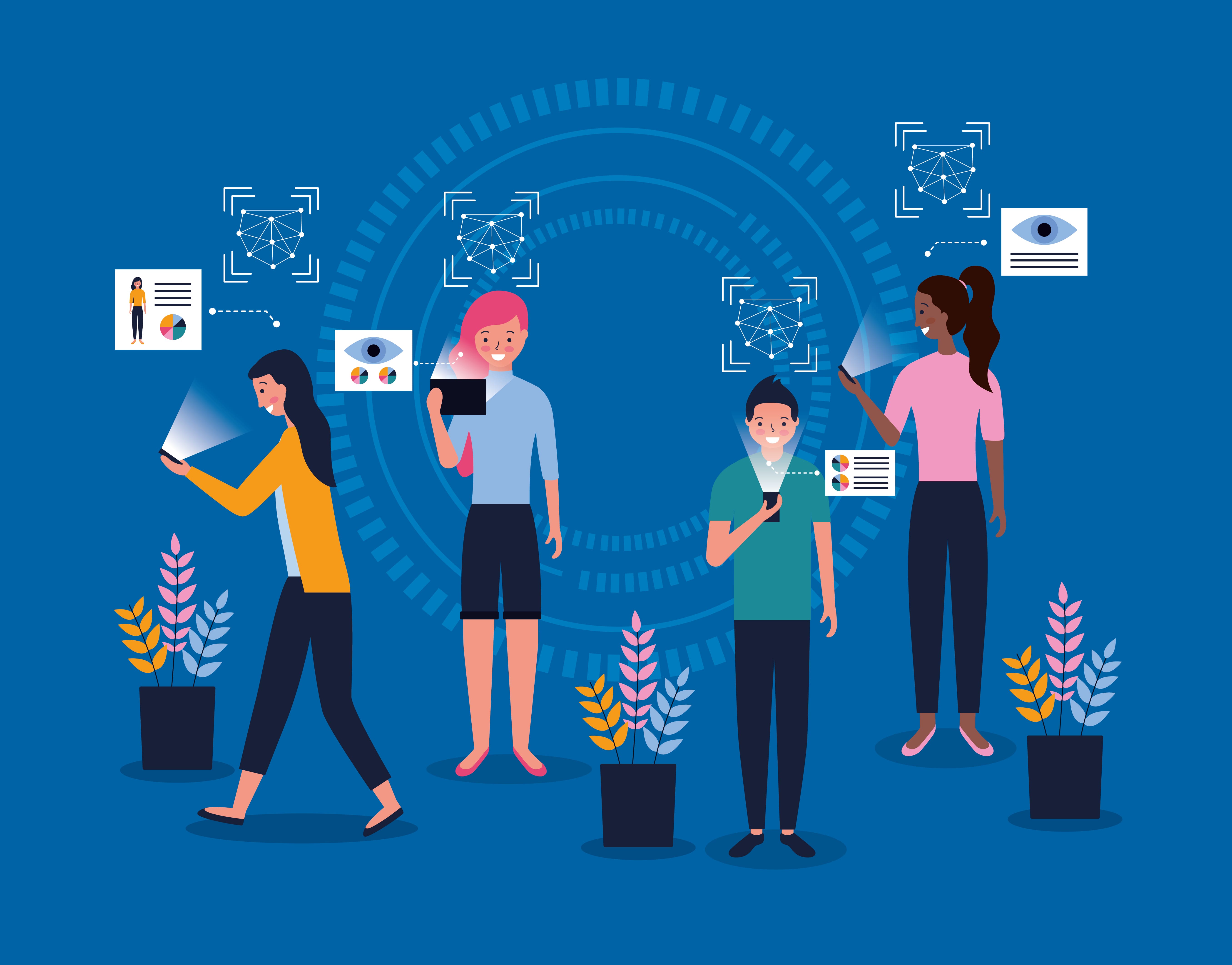
.jpg)
